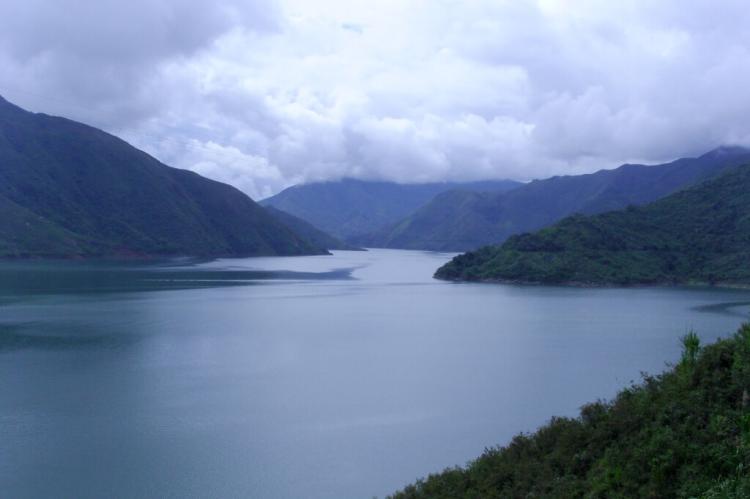The Cauca Valley Montane Forests: Colombia's Ecological Treasure
An ecological treasure trove lies in the Andes Mountains of southwestern Colombia: the Cauca Valley montane forests. This magnificent ecoregion, marked by its dramatic topography and diverse array of habitats, is a living testament to the incredible natural wealth of the Andean region.
The Cauca Valley Montane Forests: Colombia's Ecological Treasure
An ecological treasure trove lies in the Andes Mountains of southwestern Colombia: the Cauca Valley montane forests. This magnificent ecoregion, marked by its dramatic topography and diverse array of habitats, is a living testament to the incredible natural wealth of the Andean region. It supports a remarkable concentration of plant and animal life found nowhere else on Earth.
Geographical Setting
The Cauca Valley montane forests stretch across the inter-Andean valleys and slopes of Colombia's western and central ranges. This rugged landscape is characterized by a patchwork of montane forest, cloud forest, and páramo ecosystems carved by the meandering Cauca River and its numerous tributaries. The region's elevation ranges from around 1,000 meters (3,300 feet) to over 4,000 meters (13,000 feet) above sea level, creating diverse habitats.
Climate and Hydrology
The climate of the Cauca Valley montane forests is heavily influenced by its position within the Andes Mountains. The region experiences a tropical montane climate, with distinct wet and dry seasons and a solid altitudinal gradient that impacts temperature, precipitation, and cloud cover. The intricate network of rivers and streams that flow through the valleys plays a vital role in supporting the diverse aquatic and terrestrial ecosystems.
Vegetation and Ecosystem Diversity
The Cauca Valley montane forests are home to a remarkable diversity of plant communities, from the lush, multilayered cloud forests at higher elevations to the more open, drier montane forests of the lower slopes. Common tree species include oaks (Quercus humboldtii), wax palms (Ceroxylon quindiuense), and a variety of ferns, epiphytes, and understory shrubs. The transition zones between forest types and the páramo grasslands harbor exceptionally high levels of endemism.
Faunal Diversity and Endemism
The Cauca Valley montane forests are renowned for their exceptionally high levels of biodiversity and endemism. The region supports a diverse array of mammals, including the vulnerable Andean bear (Tremarctos ornatus), the endemic Cauca guan (Penelope perspicax), and numerous species of primates, rodents, and small carnivores. Birds are particularly well-represented, with over 800 documented species, many of which are found nowhere else in the world.
Conservation Challenges and Efforts
Despite their ecological importance, the Cauca Valley montane forests face a range of threats, including habitat loss and fragmentation due to agricultural expansion, logging, and infrastructure development. The region has also been impacted by climate change, which is altering precipitation patterns and temperature regimes. Various conservation initiatives have been implemented to protect the remaining forest fragments and promote sustainable land use practices.
Ecotourism and Environmental Education
The Cauca Valley montane forests offer immense potential for ecotourism and environmental education, providing visitors with the opportunity to immerse themselves in one of the world's most biodiverse and threatened ecosystems. From guided hikes through the cloud forests to programs that highlight the region's cultural and ecological significance of the region, these efforts can play a vital role in fostering greater appreciation and support for the conservation of this remarkable natural treasure.
Conclusion
The Cauca Valley montane forests stand as a testament to Colombia's incredible natural heritage. Colombia is a biodiversity hotspot that deserves global recognition and protection. As we work to safeguard this unique and irreplaceable ecoregion, it is essential that we acknowledge its ecological importance and commit to the long-term preservation of its rich tapestry of life, for the benefit of present and future generations.
